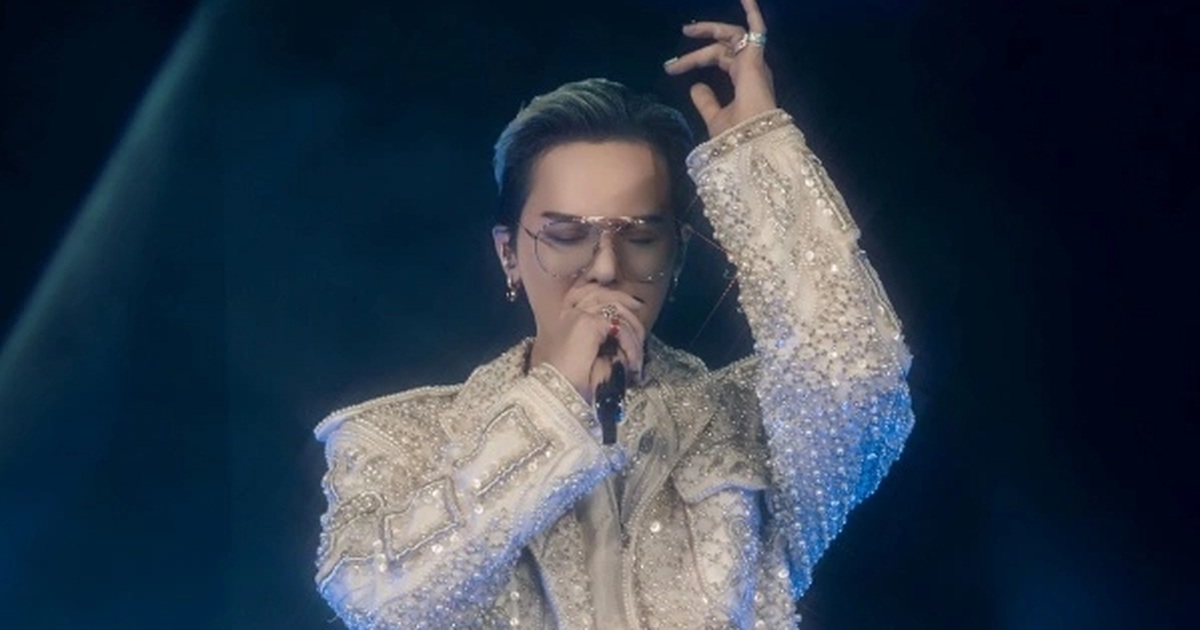After 15 years of silence, the historical drama The Road to Thang Long has officially aired on Vietnam Television (VTV) since October 20. The film’s content is inspired by a crucial historical period, from the Early Le Dynasty to Ly Cong Uan’s ascension to the throne, his issuance of the “Edict on the Transfer of the Capital” from Hoa Lu to Dai La, laying the foundation for Thang Long Imperial Citadel.
Notably, the film’s return is thanks to the production team’s persistent efforts in editing and applying AI technology to complete the work, sparking new, more positive discussions about Vietnamese historical fiction films.
The work features a cast of famous actors such as People’s Artist Trung Hieu (as Dinh Bo Linh), Meritorious Artist Hoang Hai (Le Hoan), and Tien Loc (as Ly Cong Uan).
This film was produced in 2009 and was initially slated to air for the 1,000th anniversary of Thang Long – Hanoi (2010) but faced public backlash.
The main reason was that the film was shot at Hengdian World Studios (Zhejiang, China). The Central Film Appraisal Council and the Cinema Department at the time concluded in a written statement that The Road to Thang Long could easily give viewers the impression of being a Chinese TV series, and thus decided to postpone its broadcast.
As a result, the film remained “in storage” for many years until it was brought out for editing.
Explaining this period, director Ta Huy Cuong shared: “15 years might sound long, but for us, it was a time for the film to ‘mature.’ Throughout that time, the team meticulously edited and refined every frame. With a team of experts, we believe that the choices regarding costumes and character designs in the film were thoroughly researched and had clear foundations.”
Director Huy Cuong stated that back then, the audience’s perspective on ancient Vietnamese costumes and historical films was still quite varied. But now, with technological advancements and a more open-minded audience, The Road to Thang Long has finally returned.
Mr. Trinh Van Son, the scriptwriter and director of the production unit (Truong Thanh Media Joint Stock Company), said that the recent development of AI technology helped the team meticulously adjust some unsynced lip movements in the film, opening up new directions for filmmakers in combining technology and art.
In addition to AI technology, Mr. Viet Phuong, 3D post-production director, stated that the filmmaking team changed a series of architectural details and settings in The Road to Thang Long to ensure Vietnamese authenticity.
Chinese-style roofs were changed to the “kẻ truyền kẻ bảy” style characteristic of Northern Vietnamese wooden houses or Vietnamese dragon-head roofs; cylindrical roof tiles were replaced with fish-scale tiles. Scenes also had areca palms, banana trees, and large murals added or changed to Vietnamese paintings.
The film’s return after 15 years is also an occasion for the team to pay tribute to those who contributed to the work, including artists who have passed away.
Producer Trinh Van Son shared: “They were exemplary artists, dedicated to their craft, and their presence is a precious memory that we always cherish.”
After 19 episodes aired on VTV5, the work created a wave of interest among fans, especially on YouTube and fan pages, where many viewers expressed their opinions about the film.
A viewer with the account Kratos Smith commented: “The film clearly demonstrates the spirit of distilling the world’s essence to tell a Vietnamese story in a modern, engaging language… I think learning is a sign of wisdom and courage, not something to be ashamed of.”
The account Long Vu commented: “The setting and costumes are beautiful. I was quite impressed with the scene inside Ung Tam Pagoda, where a statue of Amitabha Buddha appeared.”
However, viewers also offered suggestions, such as a comment from account Ada: “The film’s dialogue sounds quite ‘modern.’ For example, the phrase ‘cám ơn điện hạ’ (thank Your Highness). I think this phrase didn’t exist back then; it should have been ‘đa tạ điện hạ’ (many thanks, Your Highness).”
“The actors’ costumes don’t look purely Vietnamese; they have a Chinese flair,” commented viewer Uy Vu.
Regarding some conflicting opinions, director Ta Huy Cuong shared: “Most viewers commented positively, with some expressing regret that the film was not broadcast during the 1,000th anniversary of Thang Long – Hanoi.
We always value all opinions, whether praise or suggestions. It was the feedback from 15 years ago that helped the team deeply feel the public’s love for history. It can be said that The Road to Thang Long today is the result of our passion for the profession and also thanks to the affection and interest that the audience has shown for the film throughout the years.”
Film excerpt from “The Road to Thang Long” (Video: VTV).
Given that some details in the film are not entirely consistent with recorded history, the production team asserts that The Road to Thang Long is a historical drama, inspired by history, not a documentary, and hopes that audiences will have an open mind.
Director Ta Huy Cuong also recalled the difficulties of making the film in 2009 in Hengdian, where the weather in Zhejiang sometimes dropped to sub-zero temperatures, and the need to use Chinese extras for some necessary scenes.
“When making the film, we didn’t have any domestic historical dramas to refer to, so there were many shortcomings. I think the film being broadcast, even if late, is still a memorable milestone. I hope domestic filmmakers will pay attention to this genre, helping to form Vietnam’s historical film industry,” Mr. Cuong expressed.
Many viewers interested in historical films continue to discuss this topic animatedly.



